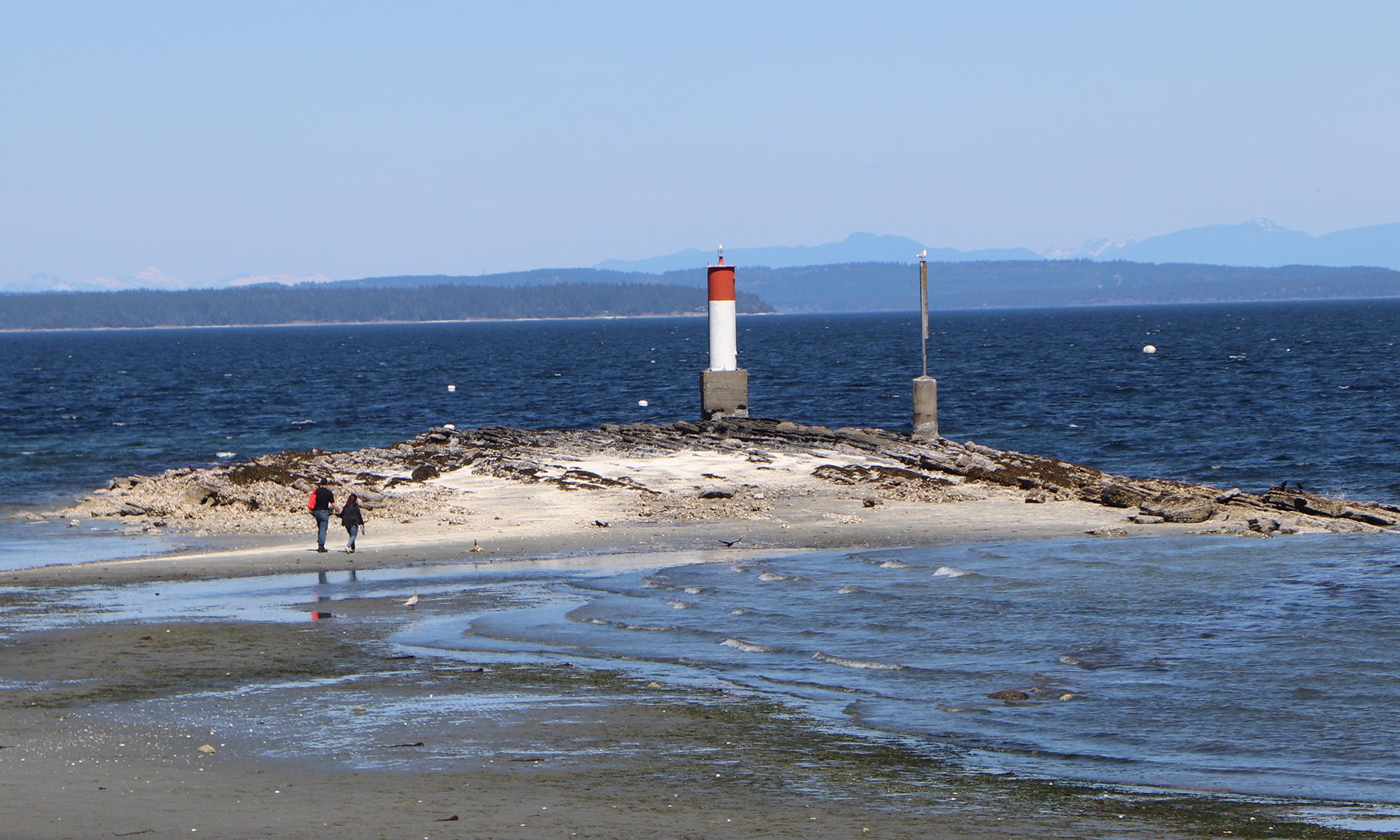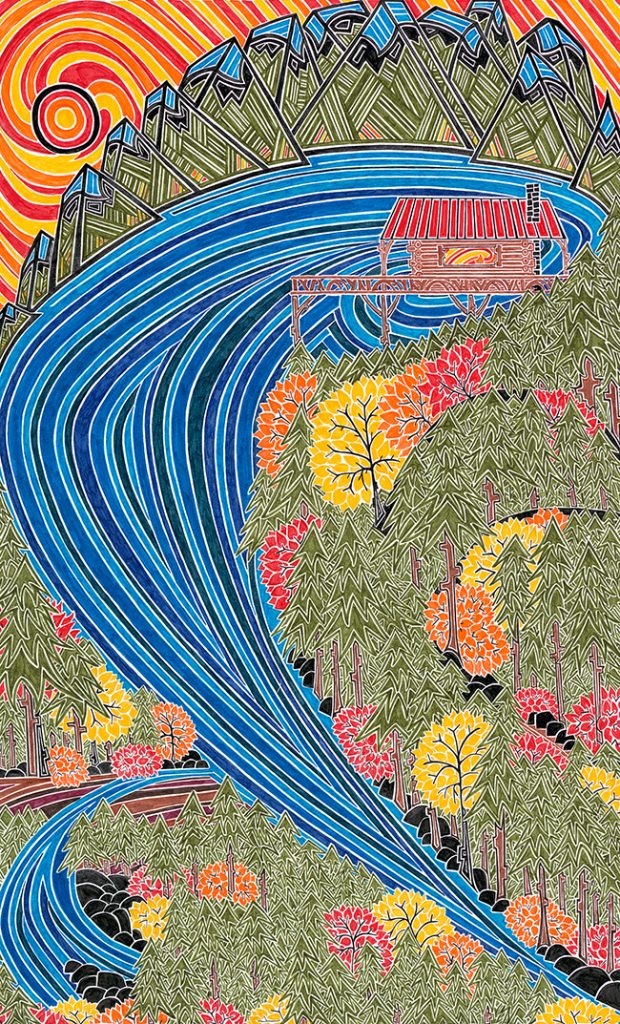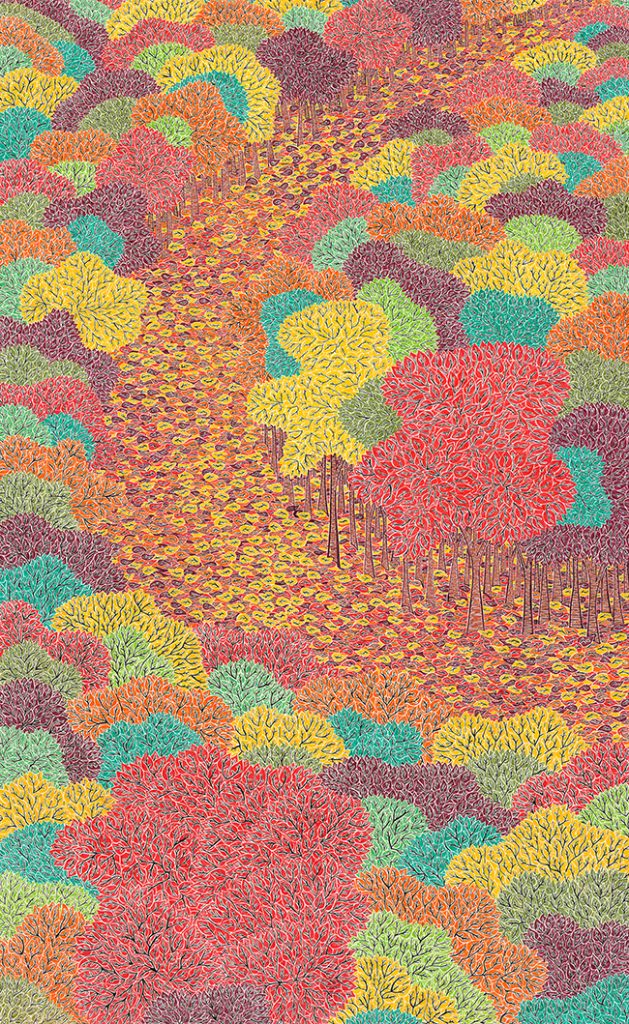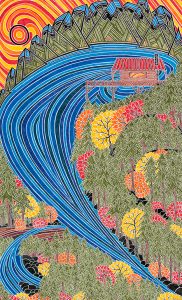American philosopher and naturist Ralph Waldo Emerson eulogized weeds as plants ‘whose virtues have not been discovered.
It’s in that spirit that Artist Diana Durrand portrays the common dandelion (Taraxacum Officinale), using bold paintings, delicate drawings and elegant sculptures, all intended to override our entrenched suburban bias against this much maligned species.
Her tribute, 100 Sleeping Dandelions, will be on display at Rainforest Arts, Chemainus, B.C. where Diana Durrand will be Featured Artist for the months of March and April.
“From root to flower the dandelion is an edible, useful plant, its medicinal properties common knowledge among herbalists the world over,” Durrand says.
Yet, universally categorized as a noxious weed by homeowners and gardeners, the dandelion is mown down, poisoned and uprooted whenever it pops up on North American lawns, its hardy, prolific and incredibly adaptable nature the only things keeping the species from eradication.
“With this eclectic body of work my goal is to represent the many aspects of the dandelion I have experienced, from my earliest delights as a child, to the nihilistic adult attitude that has been cultivated by the home & garden industry,” Durrand says.
“I’m hoping viewers can tap into some of their own childhood memories of picking, smelling, tasting and exchanging dandelions.”
Is the dandelion an ‘invasive species’, introduced to North America and the rest of the world by the planet’s most pervasive invader, European Homo Sapiens; or is it a hardy, totally edible plant that has adapted to its new environments and flourished against all odds, to the benefit of human kind?
100 Sleeping Dandelions will shed some golden light on that question. You can preview the works at DianaDurrand.com





